'Climbing Technique: Footwork' is part of the book - Sport Climbing Basics.
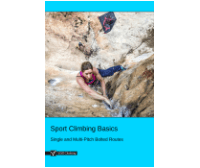
This section introduces the most common foot, hand and body positions used in rock climbing. How you grip handholds or stand on footholds depends on their shape, size and position. How you position your body depends on the location of these holds and the angle of the rock.
Practising in a climbing gym builds strength, endurance, flexibility and technique, but to climb well on real rock, you’ll need to actually climb on real rock.
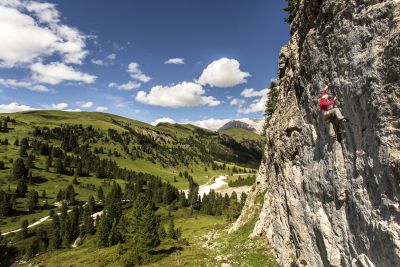
Brightly coloured holds in a gym are obvious to find, but they are much more subtle on rock. Often a foothold is just a slightly lower angled dimple, or a series of tiny edges that require precise foot positioning.
Finding holds will get easier once you’ve learned to ‘read’ real rock. With practise, you’ll be able to use all kinds of weird rock features quickly and efficiently. Watching experienced climbers or hiring a climbing coach will help. But ultimately, improving your climbing movement requires plenty of real rock practise.
Climbing Technique: Footwork
Beginner climbers often concentrate on looking upwards for something to grab with their hands, forgetting about their footwork.
Having good footwork takes an enormous strain off your arms, making the climb much easier. There are basically three ways of using footholds; smearing, edging and hooking.
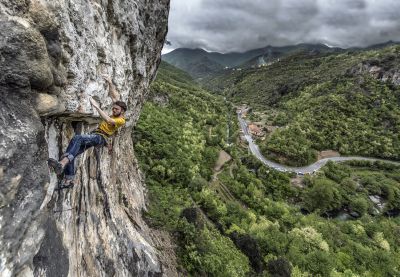
Climbing Technique: Smearing
Smearing is a technique used to stand on poorly-defined, sloping features. The aim is to have as much surface contact between the sole of your shoe and the rock as possible, therefore maximising friction.
Focus on pushing your foot against the rock with your weight concentrated over your big toe.
Over time you will develop the ability to find tiny irregularities in the rock. Smearing on a dimple which is just a couple of degrees lower in angle can make a big difference.
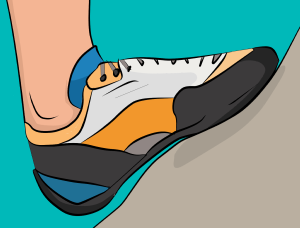
Keep a high heel if smearing on small scoops. This keeps the pressure on the front of your foot.
Keep a low heel if smearing on a uniform slope. This gives more shoe-to-rock surface contact and therefore more friction. It also puts your calf muscles in a more relaxed position.
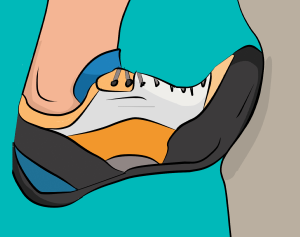
Climbing Technique: Edging
Edging means placing the very edge of your shoe on a pronounced edge of rock. Although any part of the shoe can be used to edge, you normally do so with the inside front part of the shoe, beneath the big toe.
With a good edge on vertical or overhanging terrain, you can pull in with your toe as well as push down. This moves your lower body closer to the wall and reduces the strain on your arms by keeping more weight on your feet.
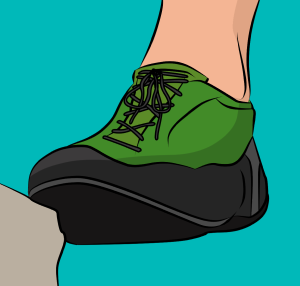
For tiny pockets and edges, you can edge on the front point of the shoe. This positions you neutrally so you can turn your body in either direction for the next move. It also gives you a little extra reach if you stand up on your tiptoe.
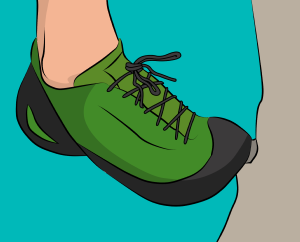
For techniques such as back-stepping, it is necessary to use the outside of the shoe (normally beneath the base of your little toe) to edge.
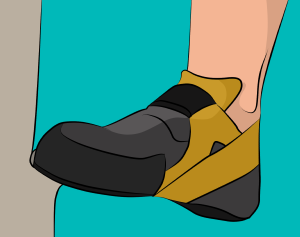
Climbing Technique: Heel and Toe Hooking
Heel hooking is the technique of using the foot as a ‘third hand’.
By hooking your heel over a flake or edge, you are able to pull with your leg. This allows you to move more fluidly and controlled through what would otherwise require a ‘dyno’.
On overhanging terrain, a crafty heel hook often helps to pull you into the rock, stops you from swinging out and provides extra reach.
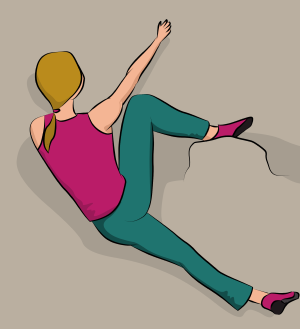
You can also employ a toe hook in a similar way to a heel hook.
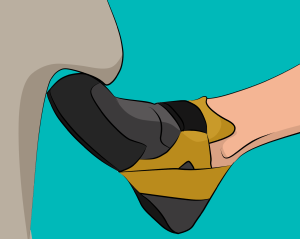
A ‘foot cam’ can work in the same way too. Be aware that you may break your ankle if you fall with your foot in a really good heel-toe lock.
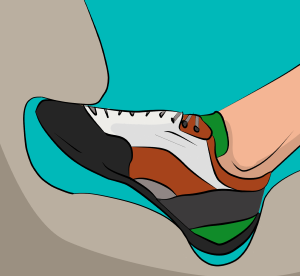
Climbing Technique: Footwork Tips
* When you step from the ground to the rock, make sure to wipe the dirt and gravel from the soles of your shoes.
* With marginal smears or edges, it is important to keep your foot in the exact same position while your body moves up. Use your ankle as a hinge to absorb your movements. Any disruption to your foot position will probably cause you to slip off.
* To minimize strain on your upper body, use foot holds which are directly beneath your hands.
* When you’ve found the best hold, visualize how your foot will be positioned on it. Don’t move your foot until you know exactly where it’s going.
* Push your feet in opposite directions (stemming) to keep the weight off your arms.
* If you’re not sure whether to edge or smear, remember that you can smear an edge, but you can’t edge a smear.
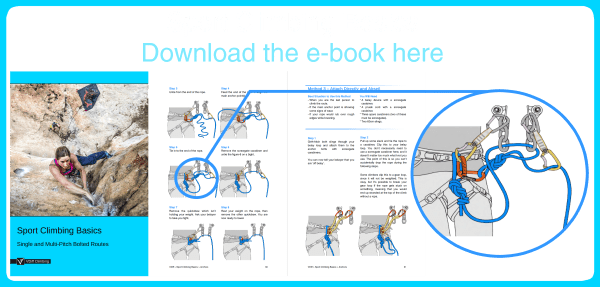





2 thoughts on “Climbing Technique > Footwork”
Comments are closed.